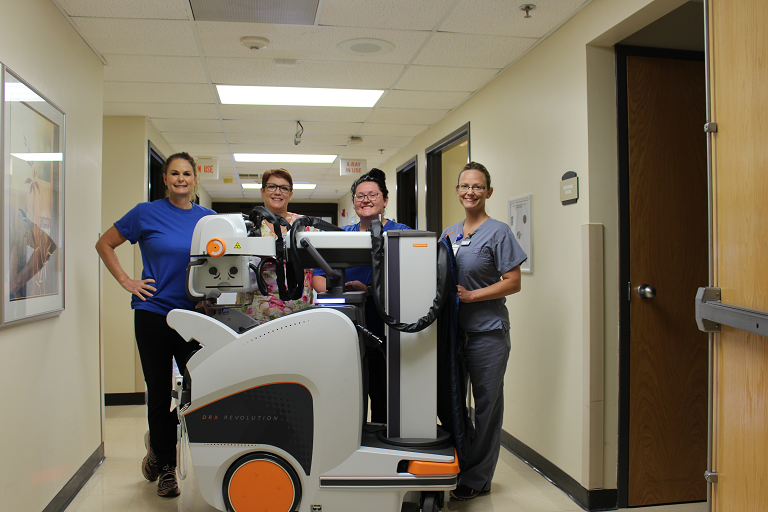Electrical Safety Guide For Hospitals & Clinics
Electrical safety should be a priority for every business, and hospitals and clinics are no exceptions. Besides being an ethical responsibility, it is a part of compliance with regulations in the UK. It is even more crucial in healthcare facilities because electrical issues may jeopardize operations, patients’ health, and business reputation. While managing a healthcare facility, business owners and administrators must ensure electrical safety for patients, employees, and visitors. While there is no magic bullet to achieve the goal, here is a comprehensive guide you can rely on.
Adjust your floor plans
Start by knowing the floor layout of your hospital or clinic. Consider every detail such as how cables run and where outlets are located. You must also have information regarding the number of electrical outlets in each room and on each floor. Take effective measures such as determining the optimal locations for equipment and installing surge protectors to avoid power outages and overheating of appliances. Using insulators to coat cables across the entire facility is equally crucial.
Separate network and power cables
Hospitals and clinics require seamless connectivity for medical equipment, specifically for life-saving devices. Ensuring that electrical and network supplies are separate can prevent problems related to running such devices. The best way to do it is by allocating alternative channels to run electrical and network cables. Also, placing electrical items strategically is vital to the safety of patients and personnel.
Implement regular inspections
Testing electrical systems and appliances is another aspect of hospital and clinical safety you cannot compromise. Besides demonstrating worst-case performance, testing enables facilities to implement features that protect critical processes in emergencies. Moreover, PAT testing is a legal obligation, so not investing in it can bring hefty penalties. Luckily, you can find experts to conduct it, regardless of your location. For example, you can collaborate with specialists for PAT Testing Sussex if your facility is in this area. Also, perform regular checks for proper work practices and grounding.
Label electrical supplies
Another essential measure to ensure electrical safety for clinics and hospitals is to label electrical supplies, wires, cables, and equipment. You can also invest in cable management accessories to arrange your connections appropriately. Using electrical tapes for color coding devices and supplies is a good idea as it enables employees to recognize them and follow the appropriate practices depending on the hazard levels.
Consider human error risk
Healthcare facilities should conduct electrical risk evaluations to run smoothly. Think beyond the problems in equipment functionality, and consider the human risk factor as well. Mishaps may happen when employees fail to operate appliances properly, so staying ahead of the human risk is crucial. Training people can address such risks in the first place. You must also provide workers with protective gear to stay safe while working in high-risk settings.
Healthcare facilities consume electricity for everyday operations. However, a safety lapse with electrical networks and appliances can elevate the risks to patient safety through burns, equipment failure, and fire. You can address these risks by implementing apt safety measures.


















